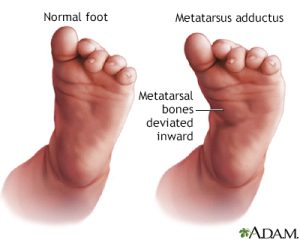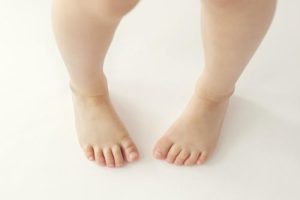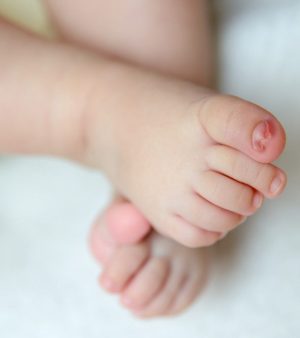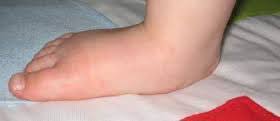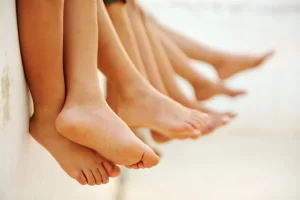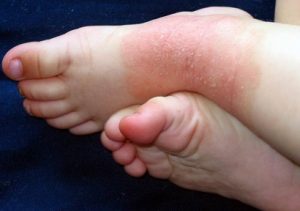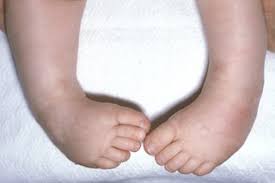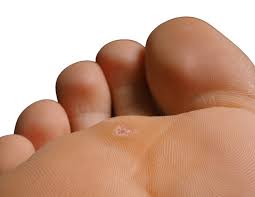
A plantar wart is a type of wart that grows on the bottom of the foot. It is caused by the human papillomavirus (HPV) and is typically transmitted through direct contact with infected skin or surfaces.
Plantar warts often appear as small, hard, rough growths on the heel or ball of the foot, and may be accompanied by pain or tenderness when standing or walking. They may also have tiny black dots on the surface, which are actually small blood vessels that have grown into the wart.
Treatment options for plantar warts include topical medications, such as salicylic acid, which can help to dissolve the wart over time. Cryotherapy, which involves freezing the wart with liquid nitrogen, may also be used to destroy the affected tissue.
In some cases, surgical removal of the wart may be necessary, particularly if conservative treatments are not effective or if the wart is causing significant pain or discomfort. This may involve excision of the wart, laser therapy, or other surgical procedures.
It is important to avoid picking or scratching at plantar warts, as this can spread the virus to other areas of the foot or to other people. Good foot hygiene, including regular washing and drying of the feet, can also help to prevent the spread of HPV and reduce the risk of plantar warts.

